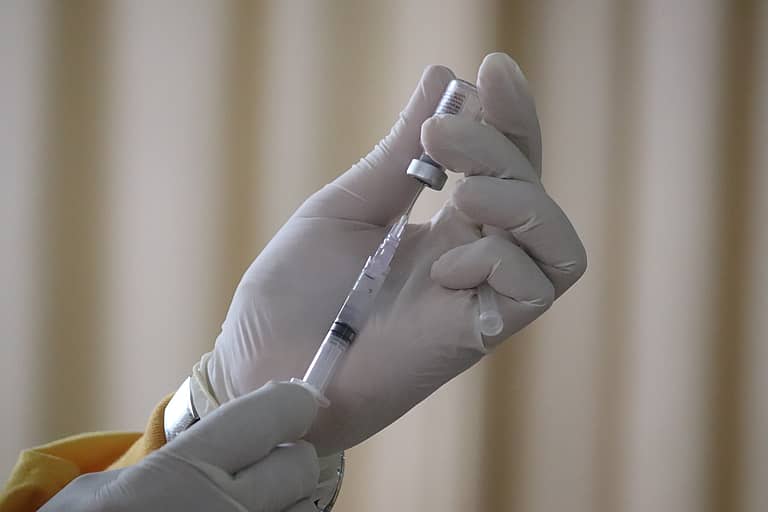August is National Immunization Awareness Month (NIAM), an annual event sponsored by the CDC to highlight the importance of immunizations. Although there has been a lot of focus on COVID-19 vaccinations this year, it’s important to also stay current with other vaccination programs applicable to your organization. August is a perfect time to make sure all the necessary vaccination initiatives are in place.
Influenza Vaccinations
According to the CDC, everyone 6 months and older should receive a yearly flu vaccine. With the flu season fast approaching, this is a good time to plan for flu vaccinations for your employees. To encourage employees to get vaccinated, employers frequently offer onsite seasonal flu vaccination for employees using their occupational health provider. These are typically held from mid-September through December.
Based on CDC data, the flu vaccine prevents millions of illnesses and flu-related doctor’s visits each year. During 2019-2020, flu vaccination prevented an estimated 7.5 million influenza illnesses, 3.7 million influenza-associated medical visits, 105,000 influenza-associated hospitalizations, and 6,300 influenza-associated deaths.
Seasonal influenza has the potential to have a significant financial and personnel impact in the workplace. The CDC Foundation estimated that the seasonal flu is responsible for the loss of close to 17 million workdays each flu season. Because of the ongoing COVID-19 pandemic, getting a flu vaccine during this flu season will be more important than ever.
Hepatitis B Vaccinations
The OSHA Bloodborne Pathogens Standard requires that employers make the Hepatitis B vaccination available to employees within 10 working days of initial assignment to duties that result in the potential for occupational exposure to human blood and other potentially infectious material.
For employees who elect to participate in the vaccination program, the vaccine is a series of three doses followed by an immunity (titer) test. Employees who decline the vaccination must sign a declination form. Companies often use the form not only to document declination, but also to document consent to participate in the vaccination series, or to elect to have a titer to confirm immunity.
It’s important to note that the Bloodborne Pathogens Standard has other specific record-keeping requirements related to Hepatitis B vaccinations including maintaining an accurate copy of each employee’s Hepatitis B vaccination status and the dates of all Hepatitis B shots.
Tetanus Vaccinations
The CDC recommends that adults get a tetanus shot every 10 years. This is particularly important for employees who work in animal care facilities (ACFs). The Guide for the Care and Use of Laboratory Animals stresses the importance of immunizing animal care personnel against tetanus. In some cases, a tetanus booster may be recommended after an animal bite depending on the species of animal, even for ACF staff current on their tetanus immunization series.
There are four types of vaccines used to protect against tetanus, all of which also protect against other diseases. They are: diphtheria and tetanus (DT) vaccines; diphtheria, tetanus, and pertussis (DTaP) vaccines, tetanus and diphtheria (Td) vaccines; and Tetanus, diphtheria, and pertussis (Tdap) vaccines. Infants and children younger than 7 years old receive DTaP or DT, while older children and adults receive Tdap and Td.
For additional information on National Immunization Awareness Month, or for assistance with implementing your company’s vaccination programs and ensuring that they are current and compliant, please email [email protected].
This blog was written by Beth Graham, our Associate Director of Quality, Research, and Training who has been with Safety Partners for the last 11 years.


